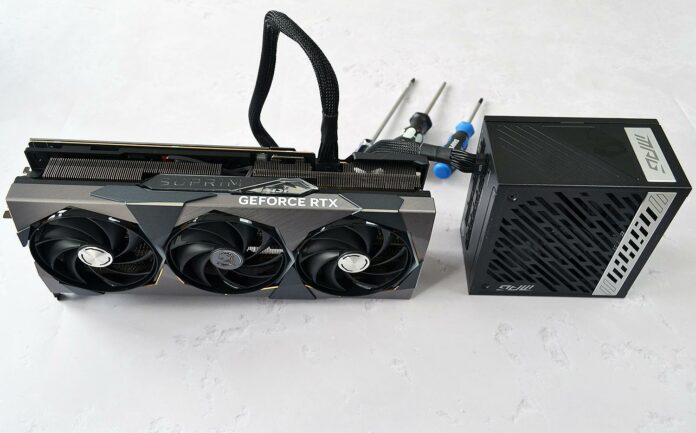Nvidia has changed the PC graphics landscape with the release of GeForce RTX 40 Series GPUs. Bringing heady levels of performance across the stack, Ada Lovelace cards offer the gamer even more through cutting-edge technologies such as DLSS 3 and novel frame generation. Gamers wanting buttery-smooth framerates at lofty resolutions needn’t look any further.
The price to pay for such fps hegemony is board wattage consumption ranging from 285W to well over 450W for partner-overclocked RTX 4090 models that leave no stone unturned in the quest for ultimate pixel immersion. Knowing spiralling power demands put a great onus on PCB design and delivery, Nvidia and its add-in board partners decided to equip high-end RTX 40 Series GPUs with a new connector known as 12VHPWR.
Able to deliver up to 600W to graphics cards from a single cable, PSU manufacturers have been scrambling to release supplies with native implementations.
Often overlooked by DIY builders at their peril, the latest and greatest ATX 3.0-certified PSUs offer a wealth of additional features and benefits that make them a perfect fit for today and tomorrow’s high-performance system. Buy the wrong supply and rue at your leisure.
Why ATX 3.0 PSUs matter
The 12VHPWR cable, also known as PCIe 5.0, has innate advantages over 8-pin PCIe cables we routinely see present on most PSUs. The ability to push a massive 600W grabs headlines – remember that a single 8-pin connector is limited to 150W, meaning multiple cables are needed to power high-performance GPUs – but there is more to it than that.
Of the 16 wires / pins present, 12 deliver power from compatible PSUs through to the graphics card. The other four provide data communication, where the GPU feeds back the amount of juice actually required at that time. Depending upon implementation, 12VHPWR cables offer four levels of sustained flow to the GPU: 150W, 300W, 450W and 600W. PSU manufacturers can decide how much to allow on varying models, with entry-level, low-wattage supplies veering on the side of caution and sensibly limiting wattage.
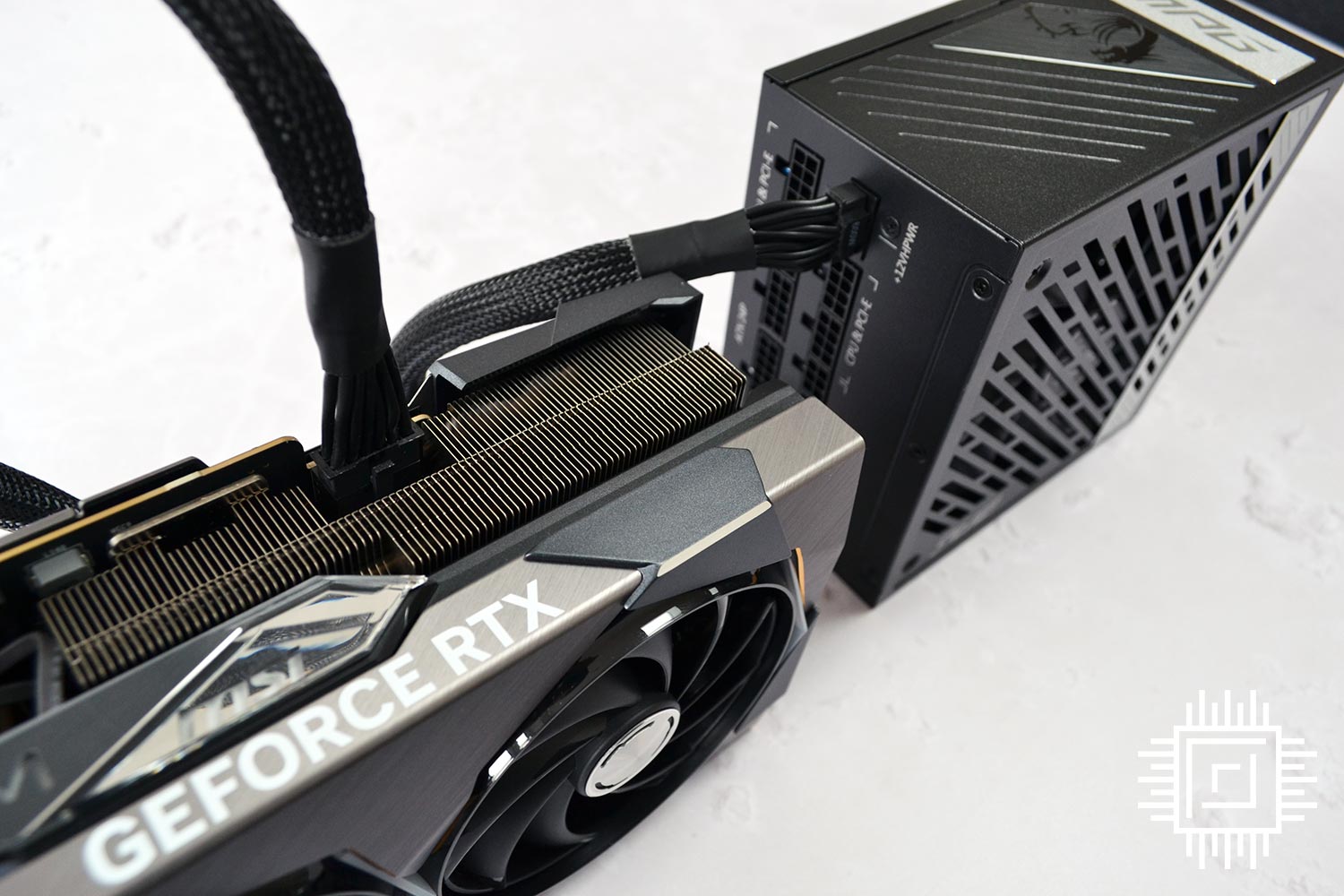
Though making the most headlines recently, 12VHPWR is but one optional part of the ATX 3.0 PSU specification officially ratified in February 2022. This point is important to understand as the you may well find lower-wattage ATX 3.0 models shorn of the connector. Be sure to take a close look at specifications – and whether the 12VHPWR is present – before laying down hard-earned cash.
Knowing a PSU is ATX 3.0-compatible means you’re purchasing a modern, futureproof supply, and we’d recommend anyone considering building or upgrading to a premium PC carefully read specifications, ensuring proposed supplies do indeed feature the much-vaunted 12VHPWR connector.
ATX 3.0 models are overengineered compared to predecessors, and it’s a good thing when powering thousands of pounds of coveted hardware.
ATX 3.0 has myriad other advantages, too. Modern GPUs tend to spike in power in the instant heavy load is introduced, often causing power consumption to go well beyond the rated limit for short periods of time. This out-of-spec demand is known as power excursion, and top-notch ATX 3.0 PSUs need to hold up to 3x the total GPU power, thereby stopping spikes from causing system failure.
For the GeForce RTX 4090 nominally rated at 450W, PSUs need to provide a massive 1,350W for at least 100 microseconds. This is why ATX 3.0 models are overengineered compared to predecessors, and it’s a good thing when powering thousands of pounds of coveted hardware.
QOL improvements
There are further attendant benefits emanating from the ATX 3.0 specification. It mandates every supply needs to be at least 60 per cent efficient – meaning the percentage of incoming mains DC current exchanged by the PSU for component-ready AC – at just 10W load. This is important as the ongoing drive for greater energy efficiency means today’s PCs can idle at very low levels, and it’s good to know the PSU is doing its bit in keeping the electricity bill as low as possible.
This brings us onto quality-of-life improvements you won’t see but the system will appreciate. ATX 3.0 has a feature where the all-important 12V output – which drives wattage-eating components such as the CPU and GPU – can be boosted to 12.2V for greater stability. Voltage drop is a common problem on inferior PSUs that can suffer from system instability.
It’s clear the ATX 3.0 specification is good for the PC industry as a whole, and particularly beneficial for gaming with the latest high-performance graphics cards. Make no mistake, anyone looking to invest in, for example, a GeForce RTX 40 Series card ought to seriously consider an ATX 3.0 power supply from the get go.
MSI supplies the power
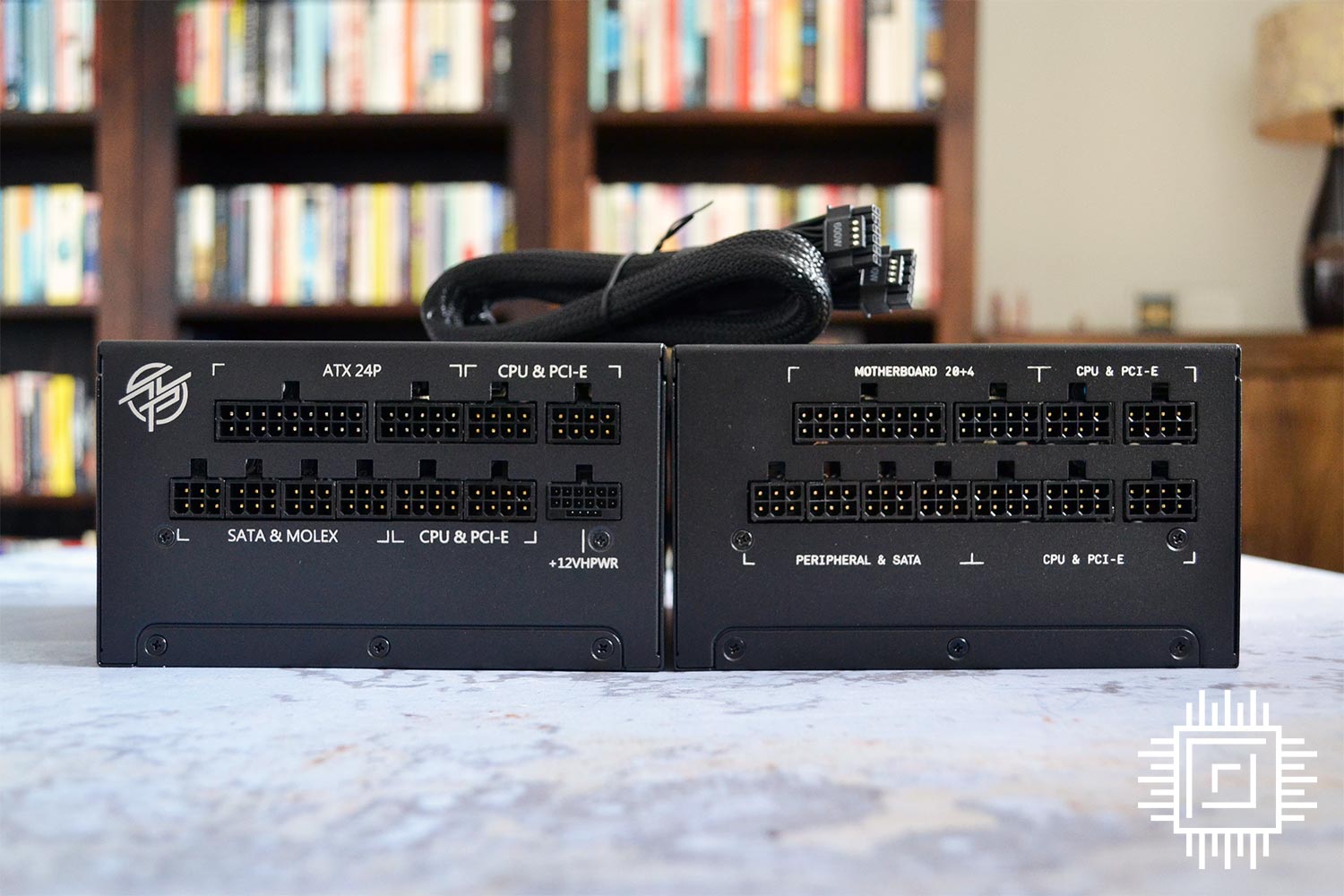
Explaining what to look for is best understood by examining real-world examples. Here we have two MSI supplies that outwardly appear to be very similar. The fully-modular MPG A1000G and MPG A1000G PCIe 5 both feature 80 Plus Gold certification and represent impressive 1,000W offerings primed for wattage-guzzling rigs.
The devil is in the details, of course, and MSI gives the game away in naming. Top-row connectors remain the same, as does everything but the final, important port on the second row. MSI eschews the traditional 8-pin PCIe for a 12VHPWR instead. Being part of the ATX 3.0 contingent and featuring high wattage, the single cable transmits up to 600W to a compatible graphics card.
MSI MPG A1000G PCIe 5
“With a native 16 PIN PCIe connector the power supply is ready for next gen graphics cards. It can generate up to 600W of power to PCIe 5.0 graphics cards.”
We earn a commission if you make a purchase, at no additional cost to you.
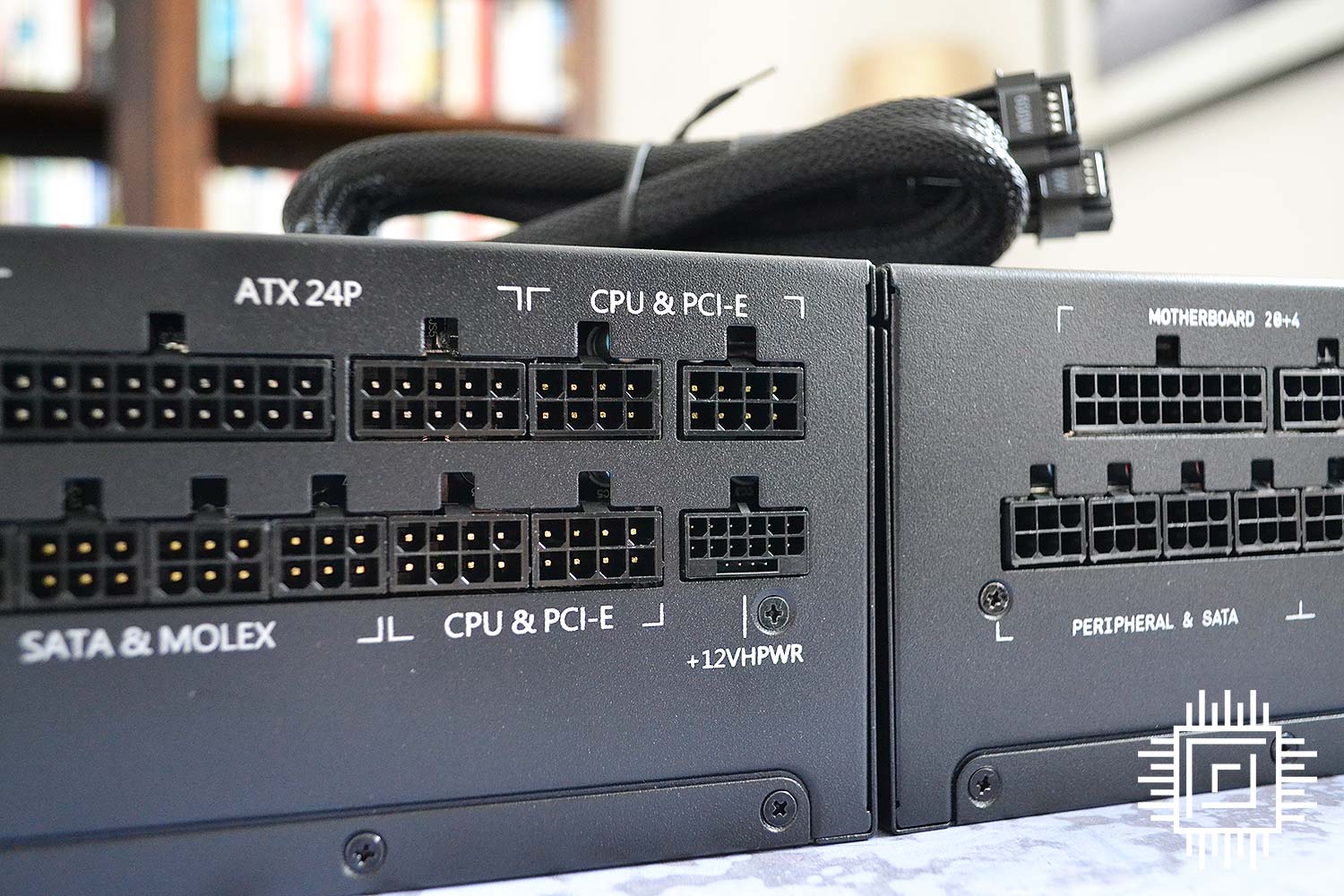
A closer look reveals the 12 power and four data feedback pins directly underneath. The 12VHPWR cable itself is double-ended in nature, meaning you can use either end on the PSU or GPU. Connection is secure and the cable is long enough to snake away to a single graphics card in even large chassis.
Very few plan to use more than one GeForce RTX 40 Series graphics card in their system. If they do – rendering is a use-case, for example – then adapters would naturally be required, plumbed from the existing PCIe cables.
Aforementioned power excursion stretches to 2,000W for 100 microseconds, or twice the supply’s sustained power output, which is a definite bonus when opting for a PCIe 5.0-compliant PSU.
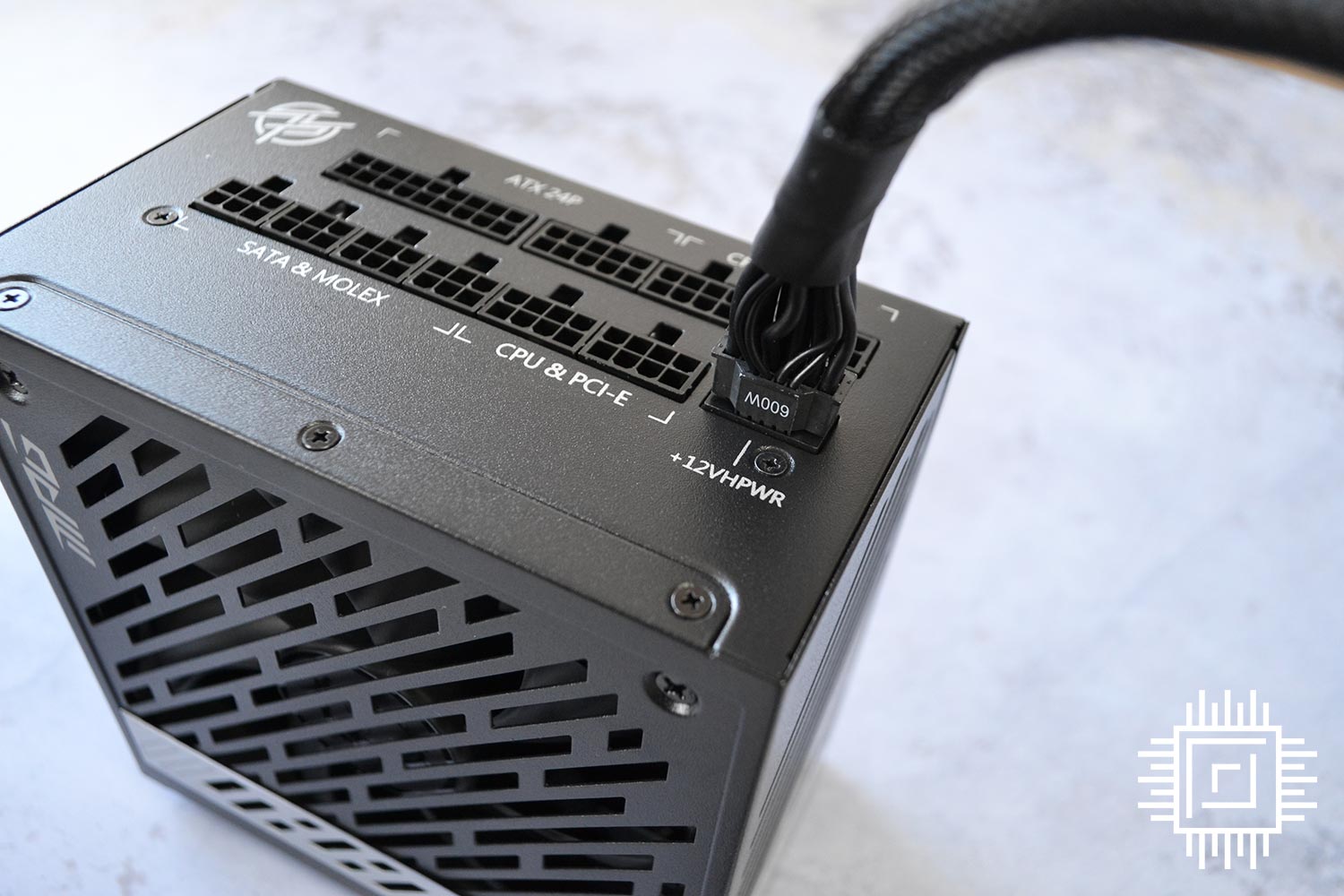
Small yet powerful
Today’s premium PSUs are not the tanks of yesteryear, and smarter internal component routing means the A1000G PCIe 5 measures only 150mm deep – 200mm used to be typical for a five-year-old model with a similar capacity – so it can be used in a wide range of cases.
12VHPWR takes most attention, of course, but that’s not to say the remaining connectors are afterthoughts. A further six 8-pin regular graphics cables enable broad multi-GPU support, dual 8-pin EPS (CPU), 12 SATA, four Molex and a floppy round out the package.
The supply is at its most efficient at around the 500W mark, returning a 92.41 per cent efficiency score when tested on an industrial Chroma test harness. This means that fewer than 40 watts are lost in the necessary conversion between incoming AC through to output via DC. Pretty good for an 80 Plus Gold supply, all things considered.
At 100 per cent load, or 1,000W, efficiency drops to 89.2 per cent, translating to around 120W of additional DC load required to service the AC need.
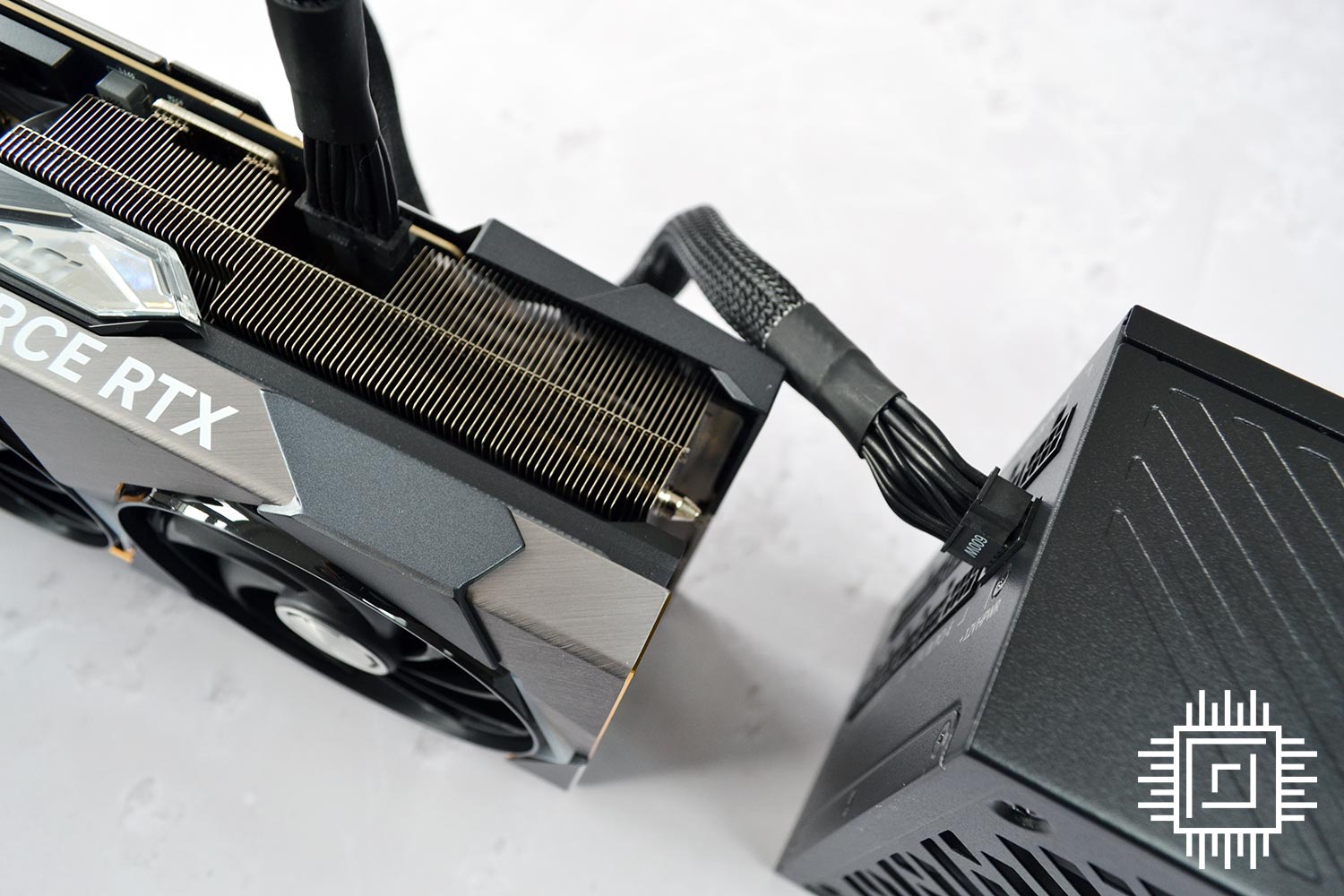
MSI RTX 4080 Suprim X
“See, hear, and feel a profoundly elevated graphics card built with high-quality materials and assembled with enthusiast features.”
We earn a commission if you make a purchase, at no additional cost to you.
Hooked up to our test system, the A1000G PCIe 5 is tasked with providing a peak 466W when gaming with an MSI GeForce RTX 4080 Suprim X. Tidy cabling is the first bonus, made possible by that single connector from graphics card to PSU. The second bonus is not to be underestimated, as the supply carries a button on the back to switch the fan from always active to zero-RPM mode.
Kicking in at around the 400W mark, one can power a relatively potent system without the 135mm fluid-dynamic spinner ever coming on. Catering for a GeForce RTX 4090 is well within the remit, too, as a peak 612W consumption remains in the efficiency sweet spot for a 1,000W PSU.
…big boy RTX 4090 requires at least 850W, though larger is definitely better.
Those with more modest ambitions don’t need to go as large on capacity. Fancy rocking a GeForce RTX 4070 Ti? Then a 700W model will more than suffice. Step it up a notch to GeForce RTX 4080 and 800W is required, while big boy RTX 4090 requires at least 850W, though larger is definitely better.
Warranty is another concern as a premium PSU is a long-term investment. MSI does extremely well in this regard by providing a full 10 years of cover, which ought to cover multiple builds with ease.
Summary
Gaming enthusiasts considering the latest and greatest GPUs from Nvidia will naturally gravitate towards GeForce RTX 40 Series. Offering superb performance through a collection of in-house technologies, supplying them with smooth power is best served with ATX 3.0-compatible PSUs touting the new 16-pin connector.
Mandating manifestly higher ultra-short-term load known as power excursion, up to twice a PSU’s long-term capability, and carrying other stability features, the specification shakes up the world of modern consumer power supplies. So much so, in fact, that all manufacturers have been busy readying new models.

Understanding the changing nature of premium GPUs and the introduction of a new PSU specification leads to one inevitable truth: enthusiasts looking to futureproof gaming systems are best served by considering a build from the PSU upwards. Investing in a top-notch supply is paramount for great electrical performance and tidy looks, so do yourself a favour and only consider ATX 3.0 / PCIe 5 power supplies.


